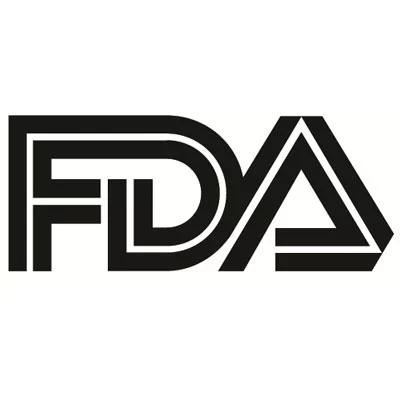FDA Approves Whooping Cough Vaccine
The vaccine is meant to be administered during the third trimester of pregnancy to the expecting mother to prevent this respiratory disease in infants younger than 2 months of age.

The FDA announced yesterday it had approved Boostrix (Tetanus Toxoid, Reduced Diphtheria Toxoid and Acellular Pertussis Vaccine, Adsorbed [Tdap]) for administration in pregnant mothers to prevent pertussis, also known as whooping cough.
When the vaccine is given during pregnancy, it is designed to boost antibodies in the expecting mother, which are then transferred to the developing baby.
“While vaccination is the best method for providing protection, infants younger than 2 months of age are too young to be protected by the childhood pertussis vaccine series. This is the first vaccine approved specifically for use during pregnancy to prevent a disease in young infants whose mothers are vaccinated during pregnancy,” Peter Marks, MD, PhD, director of the FDA’s Center for Biologics Evaluation and Research, said in a statement.
Pertussis is a common respiratory disease in the United States, resulting in frequent outbreaks. According to the Centers for Disease Control and Prevention (CDC), 4.2% of the total cases of pertussis reported in the US in 2021 were in infants younger than 6 months of age and approximately 31% required hospitalization.
The safety of the Boostrix vaccine was assessed in a randomized, placebo-controlled study with a non-US formulation of Boostrix. The FDA said it considered the safety data with the non-US formulation relevant because it contains the same components as the U.S. formulation of Boostrix, except that the non-U.S. formulation contains more aluminum per dose. The study included approximately 680 pregnant individuals of whom about 340 received the non-U.S. formulation of Boostrix and of whom about 340 received saline placebo.
After childbirth, the placebo recipients were then vaccinated with the non-U.S. formulation of Boostrix. The rates of reported side effects following receipt of the non-U.S. formulation of Boostrix administered during pregnancy were consistent with the rates following receipt of the non-U.S. formulation of Boostrix administered to study participants after childbirth.
The vaccine is given as a single 0.5-mL dose, and in terms of side effects, the most common were pain, redness at the injection site, headache, fatigue, and gastrointestinal symptoms. Overall, the study did not identify any vaccine-related adverse effects on pregnancy or on the fetus/newborn.
